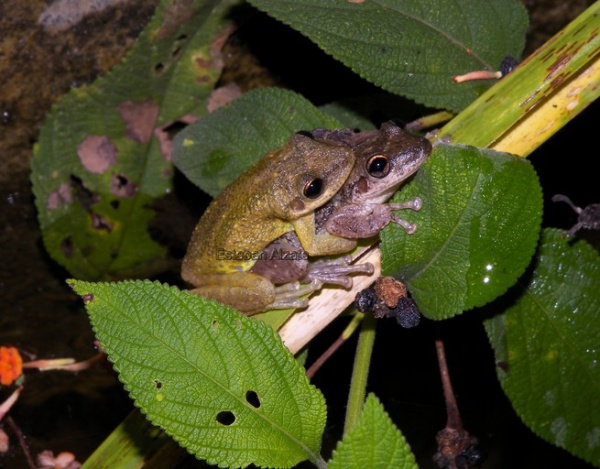Facts About Red Snouted Treefrog
The red-snouted treefrog, or *Scinax ruber*, is a captivating amphibian belonging to the Hylidae family. Native to a vast region of Amazonian and northern coastal South America, its range extends into Panama and also includes introduced populations on several Caribbean islands.
If you're curious about their habitat, these frogs are found from sea level up to approximately 2,600 meters in the Amazon Basin and the Guiana Shield. They inhabit countries such as Brazil, Colombia, Ecuador, French Guiana, Guyana, Peru, Suriname, and Venezuela. They also occur in parts of Panama and Trinidad and Tobago. On Caribbean islands like Martinique, Puerto Rico, and Saint Lucia, they have become invasive species.
In terms of size, adult male red-snouted treefrogs typically measure between 29-41 mm in length, while females are marginally larger, ranging from 37-44 mm. These frogs possess several distinctive features: a rounded snout, a conspicuous tympanum (the frog's equivalent of an eardrum), and skin that varies from smooth to slightly bumpy on their backs. Their coloration ranges from tan to dull green, with creamy stripes along their sides and cream-colored flanks adorned with yellow spots. Their eyes are bronze with black markings, and their bellies are yellow.
Regarding habitat preferences and conservation status, these frogs are remarkably adaptable. They are most commonly found in temporary water bodies during the rainy season but can also thrive in a variety of environments, including open areas, humid forests, gardens, and parks. Being nocturnal, they prefer to perch in trees. For breeding purposes, they select small, ephemeral pools or roadside ditches.

 Brazil
Brazil